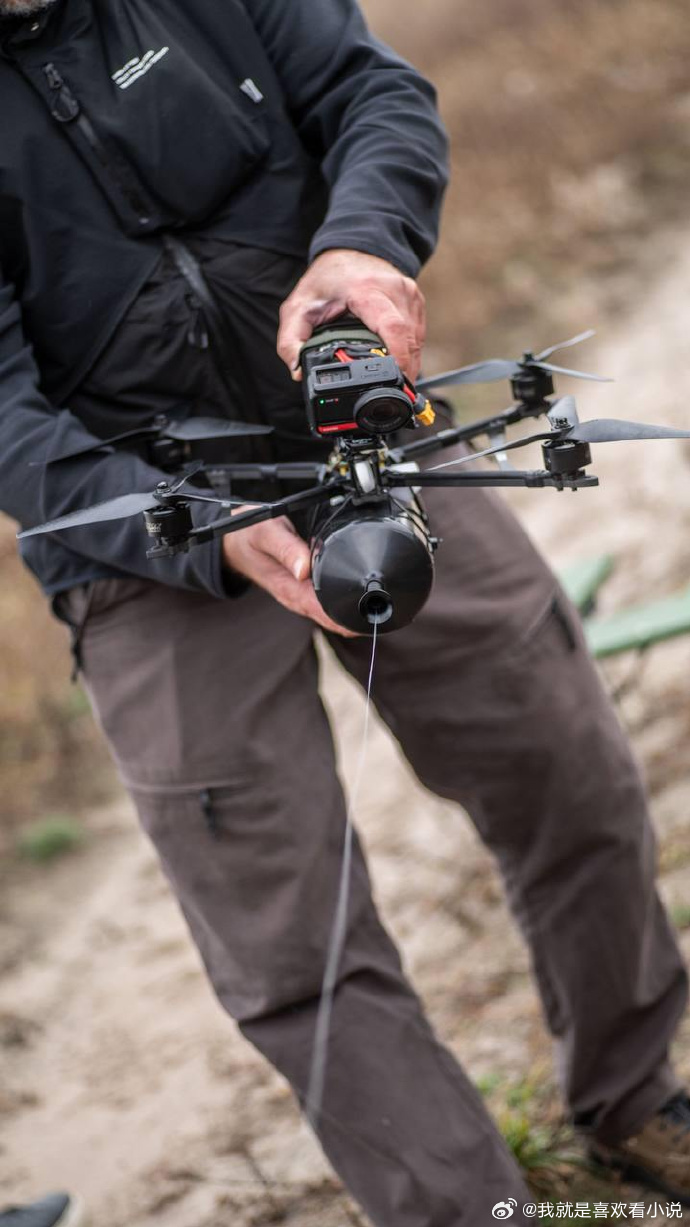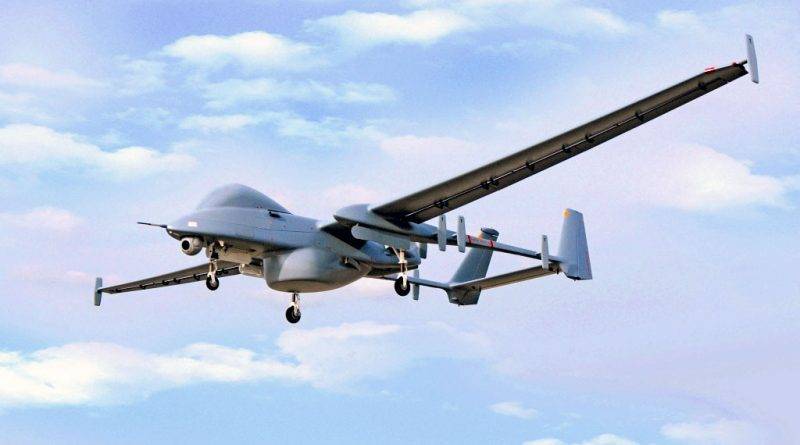In recent years, the field of search and rescue has undergone a remarkable transformation, thanks to the advent of drones equipped with thermal imaging cameras. These cutting-edge devices have proven to be invaluable assets, offering unparalleled advantages in locating individuals in distress or missing persons across diverse terrains. By examining the unique capabilities of drones with thermal imaging cameras, we can better understand their significance in modern rescue missions.
The Technology Behind Thermal Imaging
Thermal imaging cameras function by detecting infrared radiation, which is emitted by all objects with heat. This technology allows for the visualization of heat signatures, making it possible to distinguish between warm-blooded creatures and their colder surroundings. In the darkness of night or through dense foliage, the thermal imaging capabilities of drones provide rescuers with a powerful tool for locating individuals who might otherwise remain hidden.
Applications in Search and Rescue
Consider a scenario where a hiker is lost in a dense forest. Traditional search methods, while effective to some degree, can be time-consuming and resource-intensive. However, a drone equipped with a thermal imaging camera can swiftly cover large areas, identifying heat sources from a significant altitude and relaying this data back to search crews in real-time. This capability significantly shortens response times, potentially saving lives.
Beyond Visible Limits
The ability to “see” beyond the visible spectrum lifts several constraints imposed by natural barriers. For instance, drones with thermal imaging cameras can easily peer through smoke, fog, or total darkness—conditions under which human operatives might struggle. Such versatility ensures that search teams remain effective regardless of environmental conditions.
Important Considerations


While the benefits are clear, deploying drones equipped with thermal imaging cameras comes with its own set of considerations. Legal regulations regarding drone flight must be strictly followed to ensure safety and privacy. Moreover, the interpretation of thermal images requires trained personnel to distinguish between different heat signatures accurately, a skill that is essential for successful operations.
Future Prospects
Looking ahead, continued advancements in drone technology and thermal imaging promise even greater capabilities. Innovations such as higher frame rates, enhanced image resolutions, and integration with AI technology stand to enhance the effectiveness of search and rescue missions exponentially. These developments may lead to drones becoming a standard component of emergency response teams worldwide.
Frequently Asked Questions
How do thermal imaging cameras enhance search efforts?
Thermal cameras enable drones to detect heat differences in various environments, which is crucial for spotting individuals, particularly in low visibility scenarios such as night or dense vegetation.
Are there any restrictions on using drones for search and rescue?
Yes, there are legal and operational guidelines governing the use of drones, including no-fly zones and altitude limits, which must be adhered to ensure compliance, safety, and privacy.
What is the future of drones in emergency services?
With ongoing technological advancements, drones are set to become indispensable in emergency services, offering quicker response times and higher efficiency in search missions.